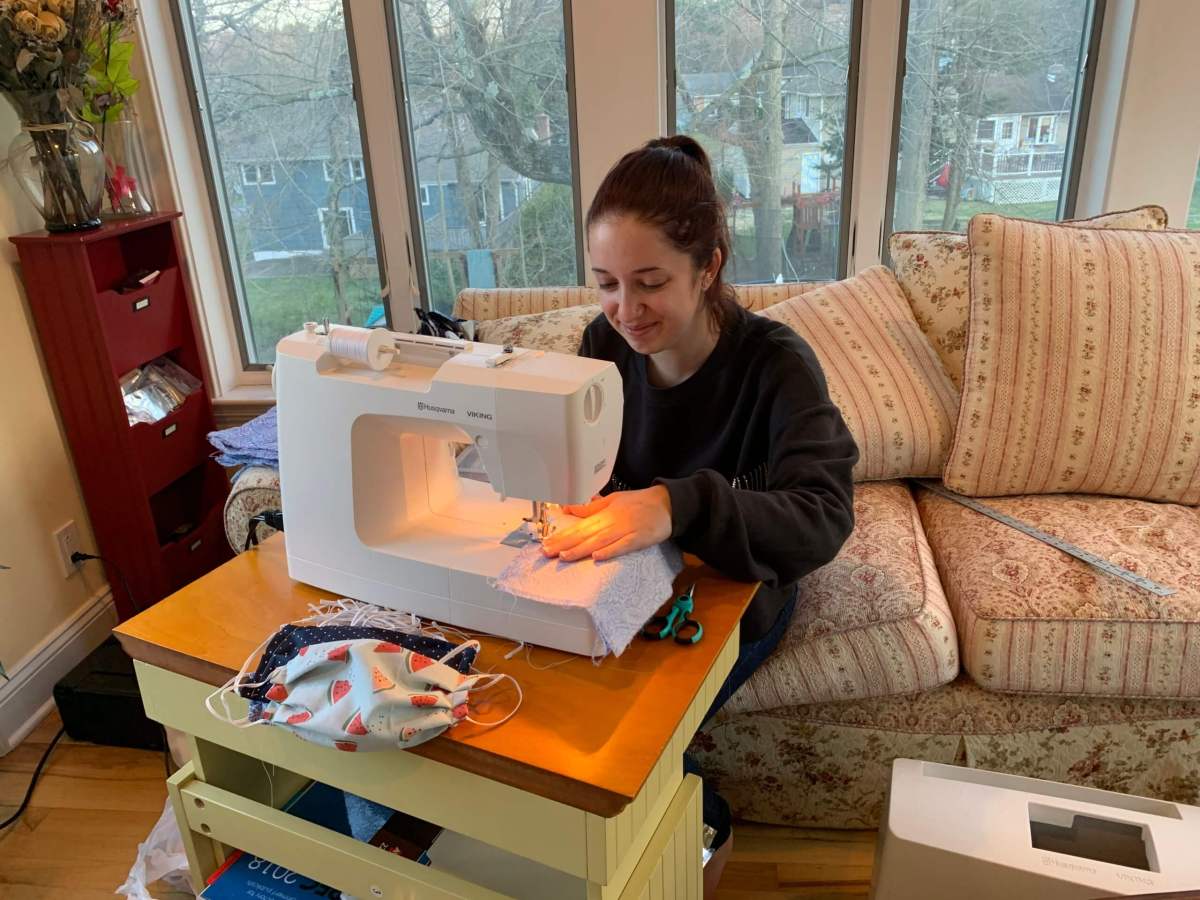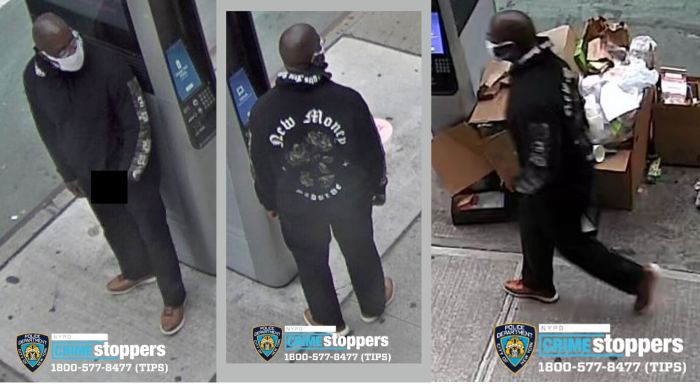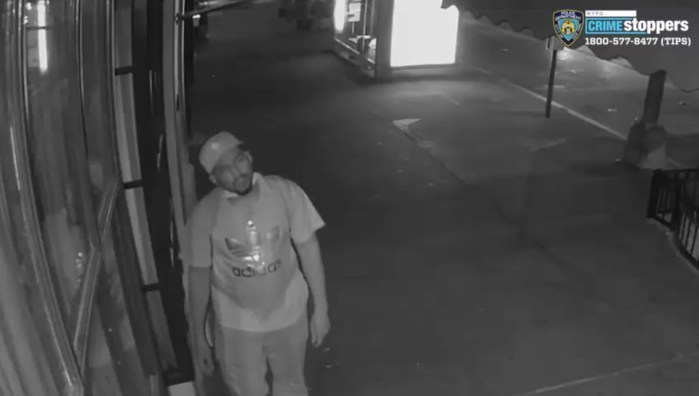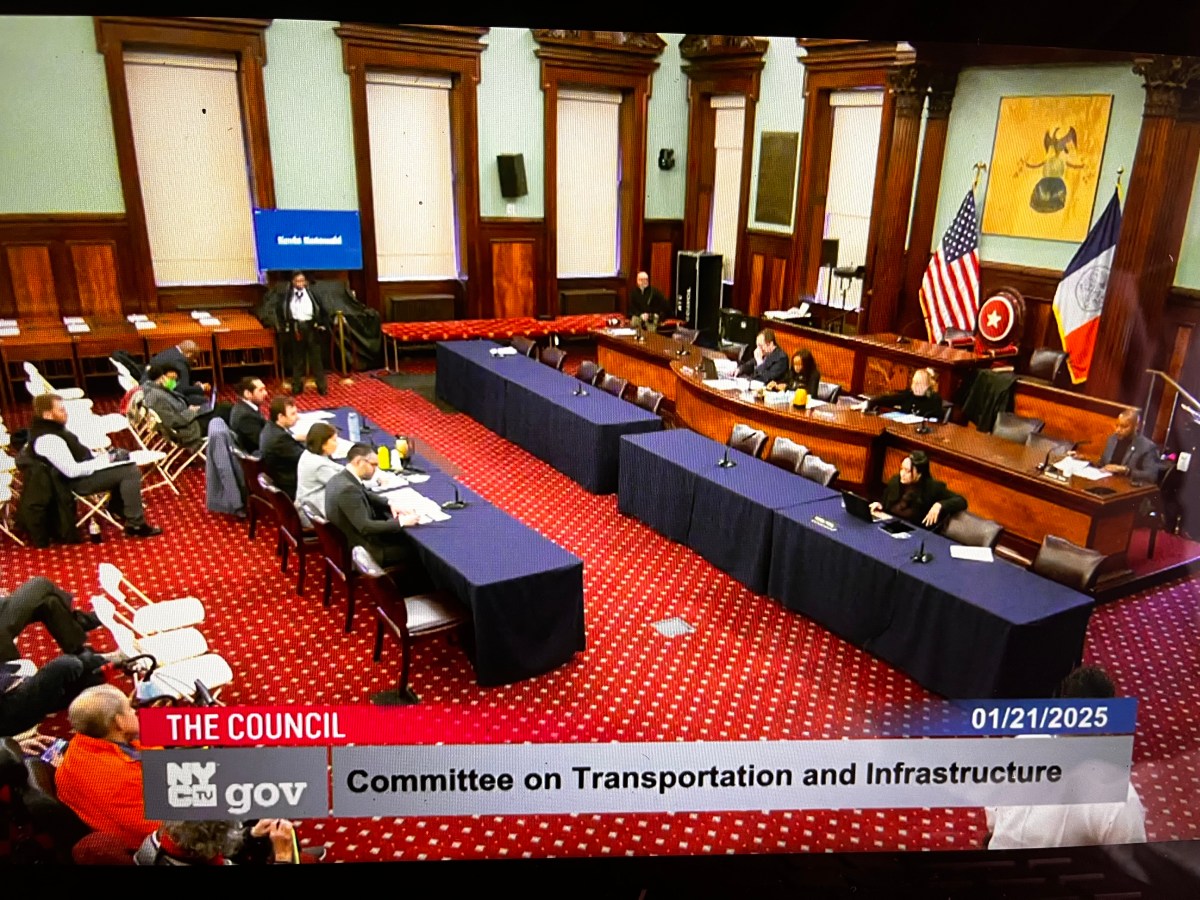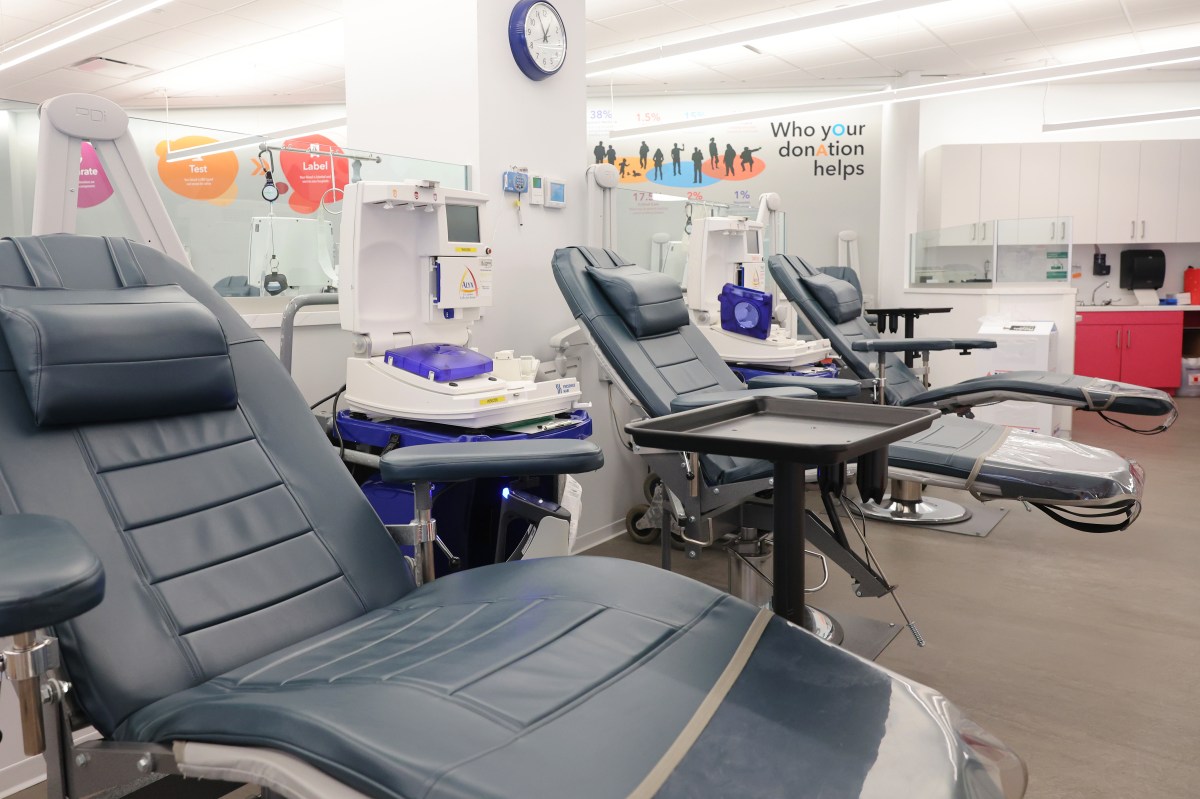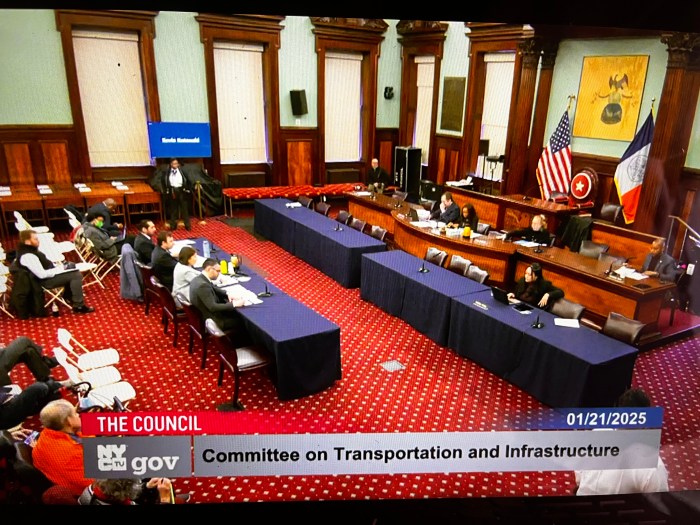One in five women in US colleges are sexually assaulted, and women between the ages of 18 and 24 are three times as likely to be the victims of sexual assault. When Rebecca Feldman — a New Yorker who studied at Temple University, PA — attended a frat party in February 2018, she became yet another victim of the unacceptable levels of sexual violence that occur on U.S. college campuses.
Rebecca Feldman is not a statistic, none of these women are, but each is untied by a need to somehow manage the trauma they’re been subjected to. Being a highly skilled artist, photographer and clothing designer, Feldman, although affected by, is no longer restrained by her past.
Feldman is an empathetic, artistic powerhouse who participates in advocacy work, and one of her goals is to work with The Philadelphia Sexual Assault Response Center (PSARC).
Anyone who has ever been sexually assaulted and subsequently hospitalized would be familiar with the scenario of having to surrender your clothing to the police, in order that they run DNA tests and begin an investigation.
Depending on the severity of the attack, survivors may be kept on hospital for several days. Begging a question that most people would not think to ask: what am I going to wear?
Most often, sex assault victims are given second-hand clothes from the lost and found. It’s alienating, it’s uncomfortable, and it separates yourself from your reality in yet another way. Furthermore, these clothes often have an unpleasant “worn” smell and “discarded” feeling, are ill fitting and downright uncomfortable.
Hopefully sexual assault victim advocacy organizations who engage with efforts like these will help make this process a little less alienating.
Focusing on comfort, she is designing sexual assault survivor kits that she hopes PSARC will distribute to a network of hospitals. The kit contains a shirt, a sweatshirt, sweatpants, bra, underwear and socks, along with other anxiety reducing tools such as different scents that can be sprayed on the clothes and objects that are good to fidget with in moments of heightened anxiety—fidget spinners, for example.
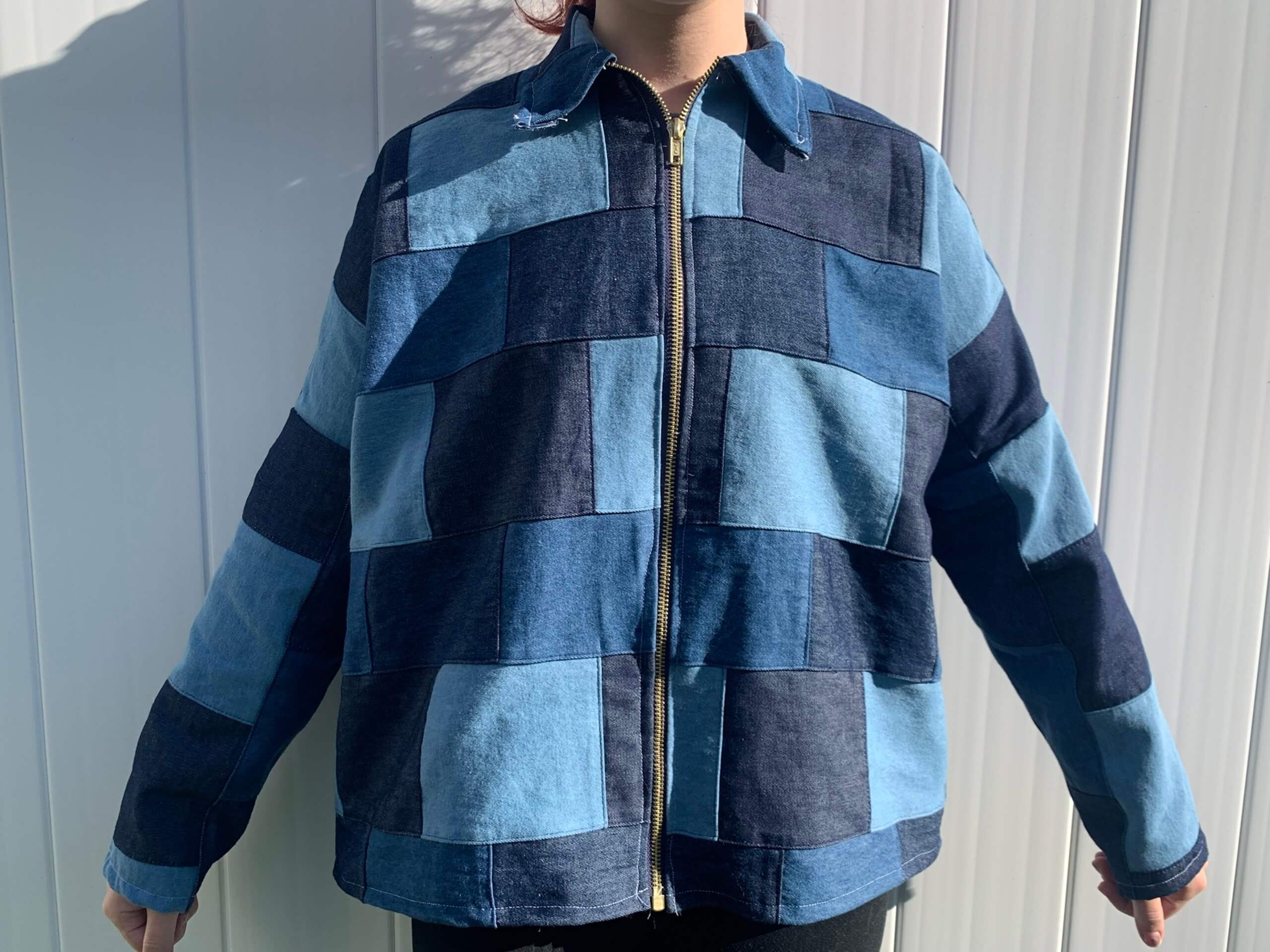
Feldman continues to research different products that could be beneficial and included in the kit, and personally uses some anxiety reduction methods in her day-to-day life.
Examples include the use of essential oils, rubbing stones and crystals—which are widely available in most major cities and online. These tools help Feldman when she is not pursuing her main outlets for healing: journaling, photography, painting and drawing. “When I’m out in public and my anxiety starts to hit I can’t necessarily do those things that I would do in my own home I always carry around a rubbing stone that I can keep discreetly in my pocket.”
Feldman is also a skilled conceptual fashion designer. Her clothing is not off-the-rack but what she refers to as “wearable art.” Of theses pieces, Feldman stated, “I feel like it could be in a museum, but I prefer that it been seen on the human body, which I’ve always been fascinated with.”
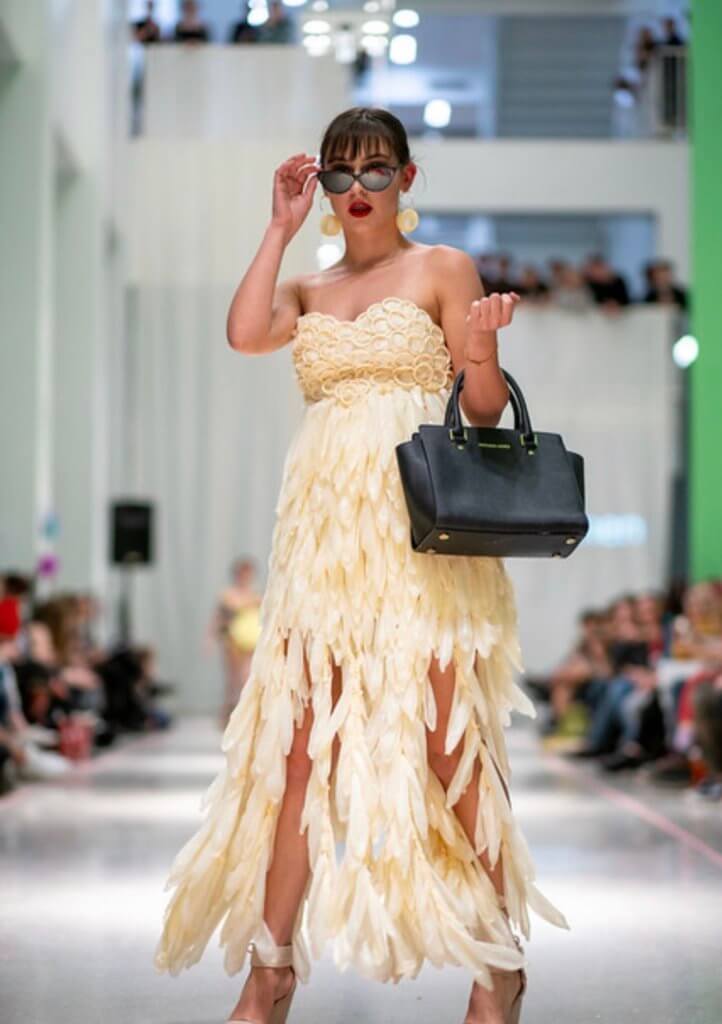
A standout piece amongst Feldman’s collection is her “Still Not Asking For It” condom dress. Made out of about 1,000 rolled and unrolled condoms that add texture, bodice structure, skirt flow and grace, the piece is a tour-de-force of fashion, meets art, meets gender politics. Not only does it raise the middle finger to abhorrent “defenses” used by sexual attackers, it annihilates the formerly persistent—but still shockingly existent—notion that if a girl dresses in a certain way, “she was asking for it…” And it does so with style and an exceptionally high level of craftsmanship.
At Temple, Feldman, who has always been interested in the human body, took a class that explored the difference between nudity and nakedness. In short: nakedness is associated with shame. For example, if you walk into the bathroom while someone is showering, you may both feel feelings of embarrassment, and the person who was naked may well feel ashamed. Contrary to this is nudity—the kind of which you would see at, say, a life drawing class—that has tended to be a positive trope in art history. At a life drawing class, the nude model is not being coerced; they are showing their body to others in a way that is empowering.
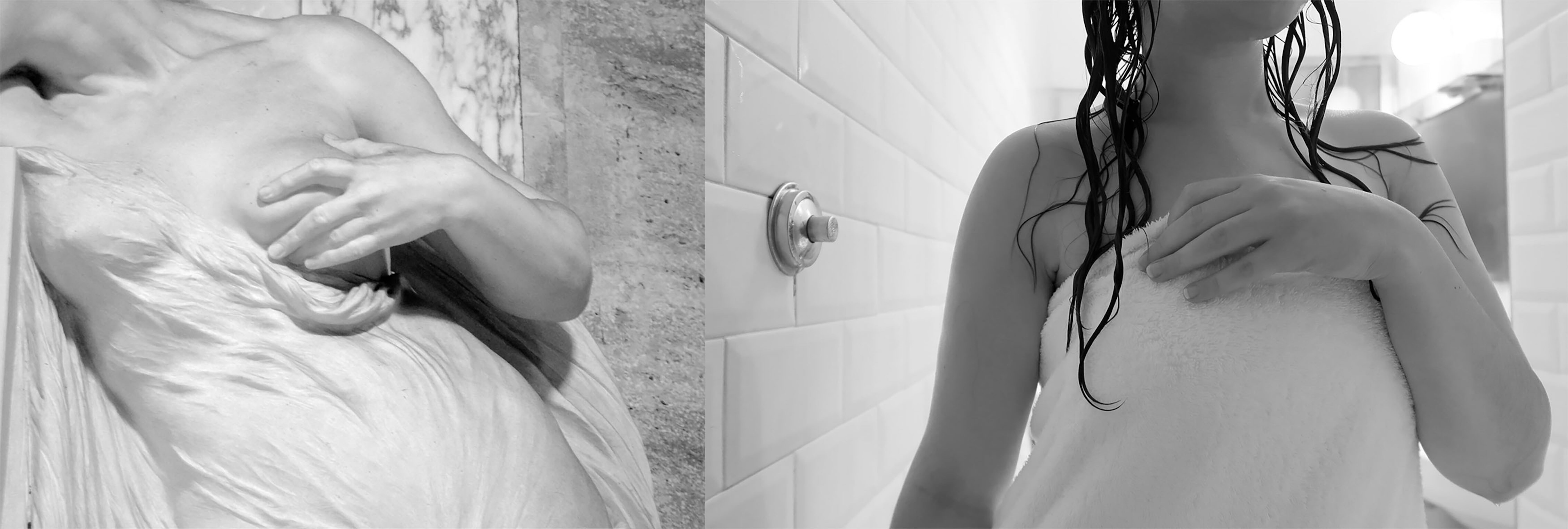
Having been forcibly assaulted and robbed of all control of her body during the 2018 attack, Feldman produced an incredible photography series, “Life Imitates Art’ while on a trip to Italy. In this series she mimics statues in a form of self-portraiture that showed “only parts of her body that she wanted others to see.” This is a forceful reclamation and artistic statement made in the spirit of freedom and defiance of corporeal duress.
In addition to this impressive roster of talents, Feldman commissions graphic art pieces of all kinds. While her own collection focuses on the human body, she has done everything from family portraits to doggy-works.
To learn more about Rebecca’s art, advocacy or to commission a Rebecca Feldman artwork of your own, visit www.rebeccadrewartist.com



